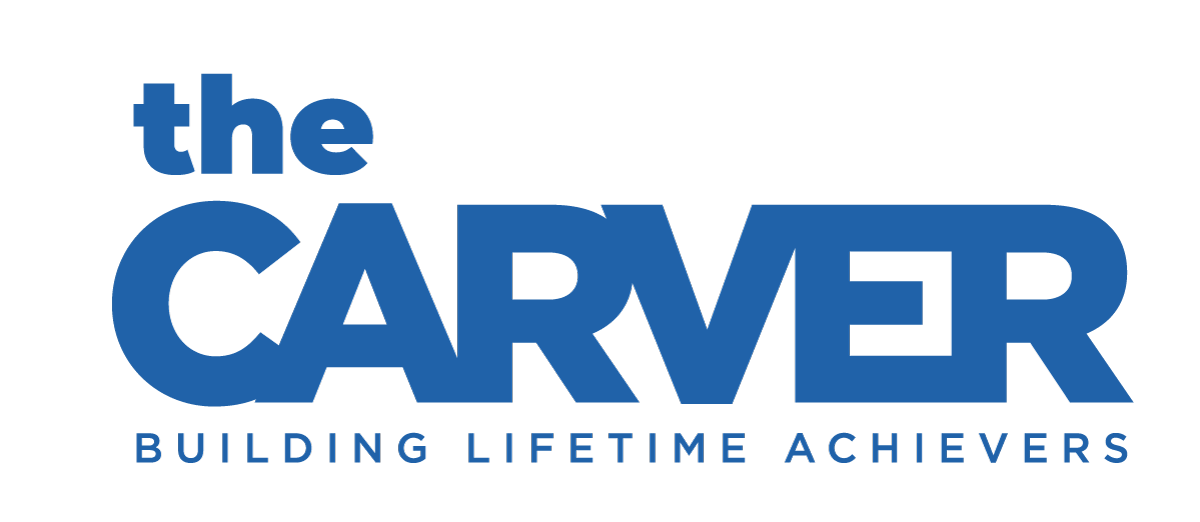At Carver, we’re proud to celebrate the incredible young people who bring energy, talent, and heart into our community every day—and few do that quite like Sam Jean Pierre.
Sam, an 8th grader at West Rocks Middle School, is a vibrant and multi-talented student who has been a part of Carver’s family since the 2nd grade. Currently a member of Carver’s Junior Youth Development Program (YDP) at the Carver Community Center, Sam is known for lighting up every room he enters with his infectious smile and his endless enthusiasm.
Whether he’s playing the trumpet or composing his own music, Sam’s passion for creativity is always front and center. His love for music is matched only by his talent on the soccer field, where he’s become a star in his own right. And if that weren’t enough, Sam is also known for his dance moves—especially his signature moonwalk—that he’s quick to share with friends around the center.
Carver has been a second home for Sam, who lives just around the corner. He’s spent many summers with us, making memories at camp and beyond. One of his favorite moments? A field trip to Calf’s Pasture Beach during summer camp—a special day made even more meaningful because his sister, a Carver counselor, was there too.
Sam’s spirit and positivity have not gone unnoticed. “Hard to not love him,” says Waid Ramsubhag, Manager of Carver’s after-school programs. “He’s polite, he participates, and he makes everyone around him feel good.” Sam has made countless friends at Carver, simply by being himself.
As the school year winds down and Sam prepares for the exciting journey of high school, we’re incredibly proud of all he’s accomplished. And while we’ll miss seeing him every day during the school year, we’re thrilled to welcome him back to camp this summer—where more music, soccer, dancing, and unforgettable memories await.
Sam, thank you for bringing so much joy to Carver. We know your future is as bright as your smile, and we can’t wait to see all the places your talents will take you!

















































































